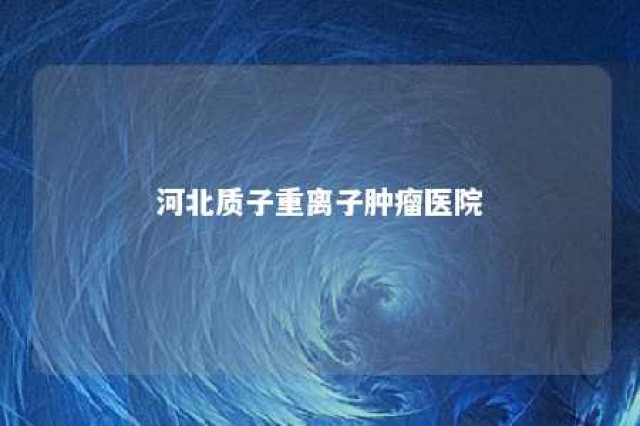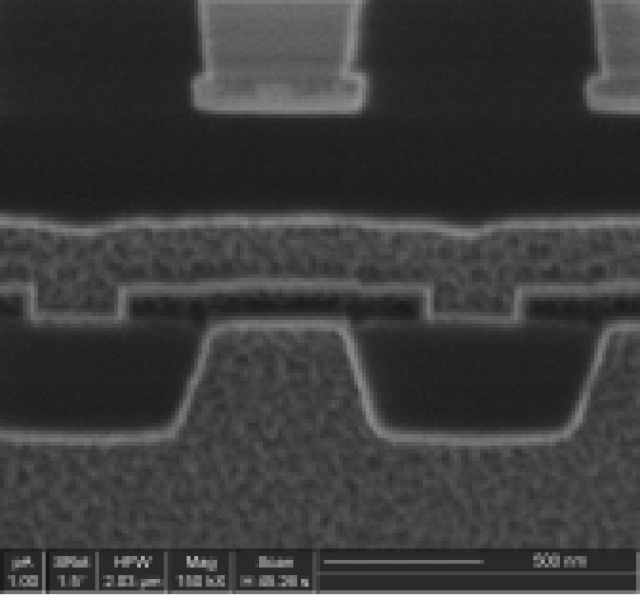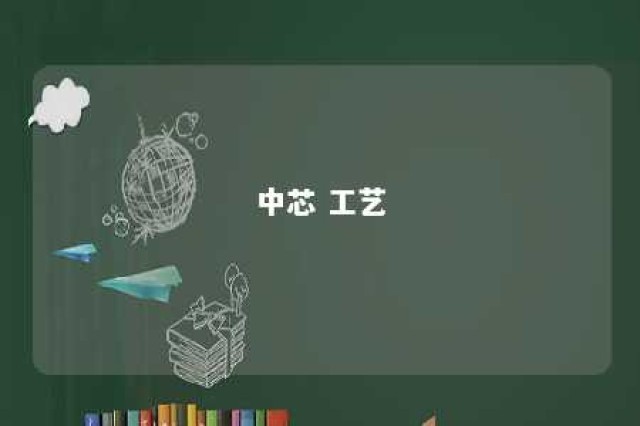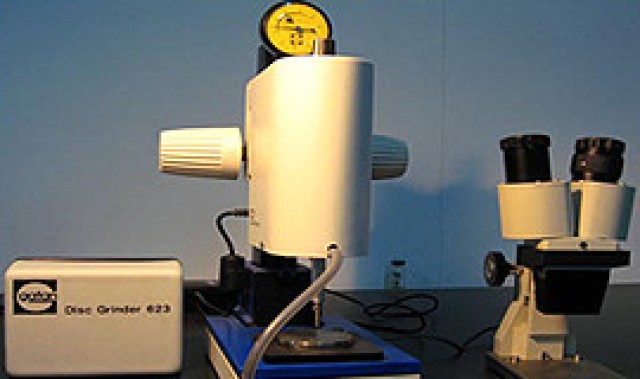
郭国娜扫描离子电导显微镜的不足之处是
- 聚焦离子束
- 2024-03-22 18:58:20
- 612
扫描离子电导显微镜(SCCM)是一种广泛用于研究离子传输现象的仪器。话说回来, like any technology, SCCM also has its limitations. In this article, we will discuss some of the shortcomings of SCCM and explore the ways to overcome them.
One of the major limitations of SCCM is its high cost. The instrument requires a high-end pump source, which can cost several thousand dollars. Additionally, the probes used in SCCM can be quite expensive. The cost of a good SCCM setup can reach tens of thousands of dollars. This makes the instrument out of reach for many researchers, especially those in developing countries.

Another limitation of SCCM is its limited sample range. The instrument is mainly designed to study ion transport in aqueous solutions. However, it may not be suitable for studying ion transport in other types of samples, such as glasses, ceramics, and biological samples. This can limit the research applications of SCCM to a specific range of samples.
The third limitation of SCCM is its complex setup. The instrument involves several complex components, such as the pump source, the probes, and the sample holder. This complexity can make it difficult for users to set up and use the instrument properly. Moreover, the setup process can be time-consuming, which can hinder the research workflow.
In addition to these limitations, SCCM also has some other drawbacks, such as its limited resolution and the difficulty in reproducibility. The instrument's resolution is not high, which means that it may not be suitable for studying small ion channels or complex ion transport patterns. Moreover, the reproducibility of SCCM measurements can be challenging, as the instrument's results can be influenced by various factors such as sample quality, setup, and pump settings.
To overcome these limitations, there are several strategies that can be employed. One approach is to develop more affordable SCCM instruments that can be used by researchers in developing countries. This could involve using lower-end pump sources or developing more affordable probes. Another approach is to extend the instrument's sample range by developing new probes or sample holders that can be used to study ion transport in a wider range of samples.
Another solution is to improve the reproducibility of SCCM measurements by developing more standardized setup procedures and training for users. This can help to reduce the variability in results and make it easier to compare results across different experiments.
In conclusion, SCCM is a powerful tool for studying ion transport现象. However, its high cost, limited sample range, complex setup, and limited resolution are some of the challenges that researchers face when using this instrument. By addressing these limitations, it may be possible to develop more affordable and versatile SCCM instruments that can be used in a wider range of research applications.
专业提供fib微纳加工、二开、维修、全国可上门提供测试服务,成功率高!
郭国娜扫描离子电导显微镜的不足之处是 由纳瑞科技聚焦离子束栏目发布,感谢您对纳瑞科技的认可,以及对我们原创作品以及文章的青睐,非常欢迎各位朋友分享到个人网站或者朋友圈,但转载请说明文章出处“扫描离子电导显微镜的不足之处是 ”

上一篇
透射电镜 服务








